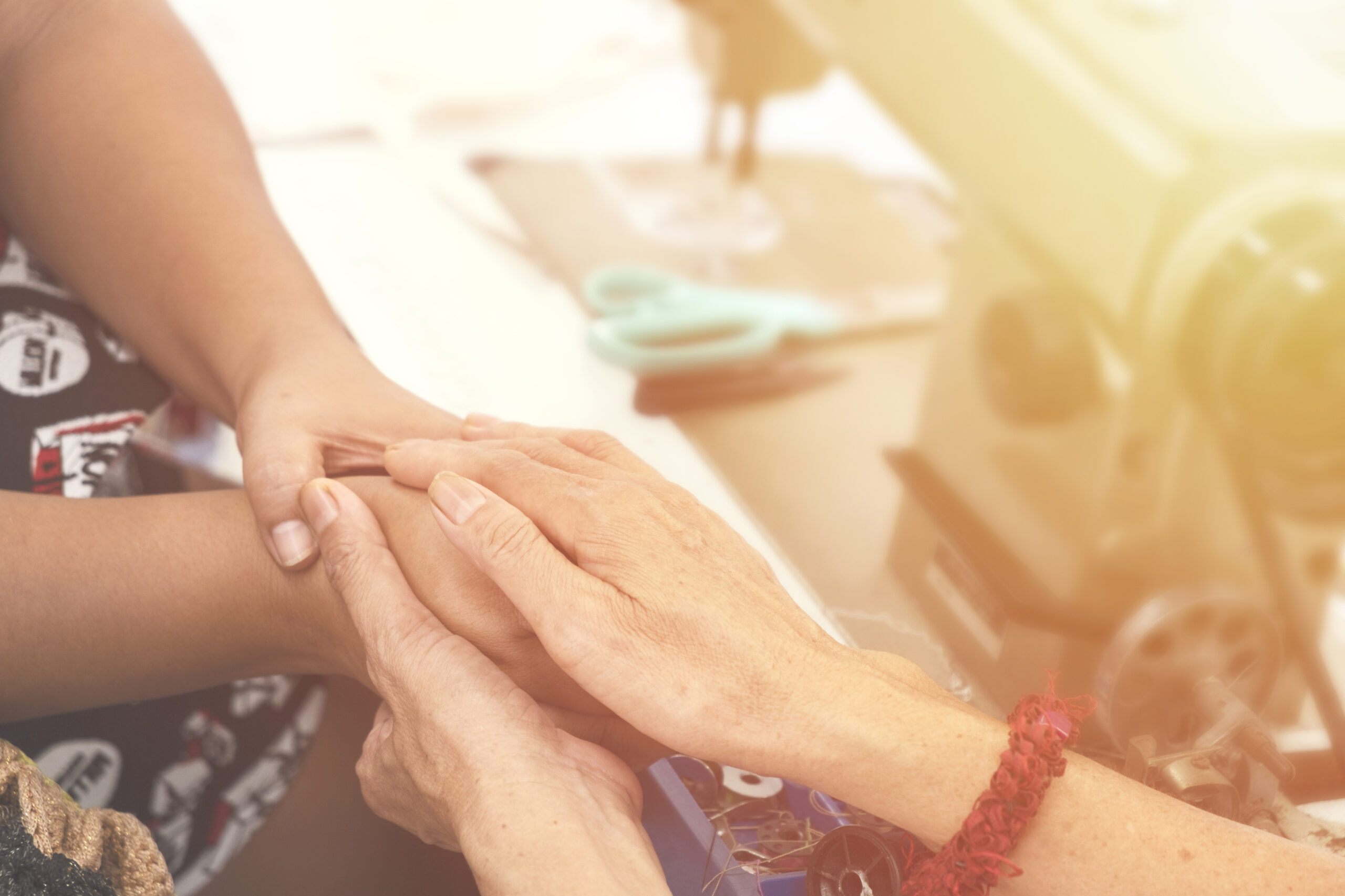Our society is gradually becoming more inclusive, but when it comes to understanding and embracing neurodiversity, we still have a long way to go. Neurodiversity refers to the natural variations in brain function and behavior, including conditions like autism, ADHD, dyslexia, and more. Rather than viewing these differences as deficits, neurodiversity recognizes them as unique expressions of human diversity. By fostering inclusive communities, we create spaces where every individual, regardless of their neurological makeup, can thrive.
Understanding neurodiversity begins with awareness and compassion. Many people on the autism spectrum, for instance, experience the world differently when it comes to communication, social interactions, and sensory experiences. But these differences don’t diminish their abilities to contribute meaningfully to society—in fact, they often bring unique talents and perspectives that can enrich our communities.
Building Inclusive Spaces
Creating environments that support neurodiverse individuals isn’t just about physical spaces, but also social attitudes and practices. In workplaces, schools, and community centers, small adjustments can make a big difference. For example, providing quiet zones, flexible schedules, and clear communication guidelines can help neurodivergent people feel more comfortable and included.
Employers who prioritize neurodiversity initiatives often see substantial benefits. Research has shown that neurodiverse teams can drive innovation, thanks to varied problem-solving approaches and attention to detail. However, meaningful inclusion goes beyond hiring practices. It requires ongoing support, open-mindedness, and access to resources that empower individuals at every stage of life.
The Role of Community Support
Community support systems are essential for families navigating the complexities of neurodivergence. Parents and caregivers, in particular, often rely on local networks for guidance, understanding, and practical advice. Access to specialized programs can provide invaluable assistance, from early childhood interventions to job coaching for adults.
One excellent way to access targeted support is through dedicated autism resources. These resources offer specialized programs that focus on skill development, social integration, and family support. By tapping into these services, families can find not only the help they need but also a sense of community with others who understand their journey.
Early Intervention and Lifelong Learning
Early diagnosis and intervention can make a significant difference in the lives of neurodivergent individuals. Programs that focus on speech therapy, occupational therapy, and social skills training equip children with essential tools to navigate the world around them. But the need for support doesn’t end in childhood.
As neurodiverse children grow into adulthood, they continue to benefit from programs tailored to their evolving needs. Vocational training, higher education accommodations, and community integration initiatives ensure they have opportunities for success at every stage of life. Building a culture of lifelong learning and support benefits not only neurodiverse individuals but also the broader community.
Changing Perceptions Through Education
Education is one of the most powerful tools for fostering inclusion. When communities invest in spreading accurate information about neurodiversity, they break down stereotypes and misconceptions. Schools that implement inclusive curricula help all students understand the value of diversity, preparing them to become compassionate, informed citizens.
Workshops and training sessions for teachers, employers, and community leaders are equally important. By learning about sensory sensitivities, communication styles, and the strengths of neurodiverse individuals, we become better equipped to create welcoming environments for everyone.
The Road Ahead
While progress has been made, there is still much work to be done to ensure that neurodiverse individuals feel fully integrated and valued in our communities. Creating inclusive spaces isn’t just a moral obligation—it’s a practical step toward building stronger, more resilient societies.
By embracing neurodiversity, supporting community initiatives, and promoting access to comprehensive autism resources, we pave the way for a future where everyone, regardless of neurological makeup, can reach their full potential. It’s a collective effort, but one well worth pursuing.



